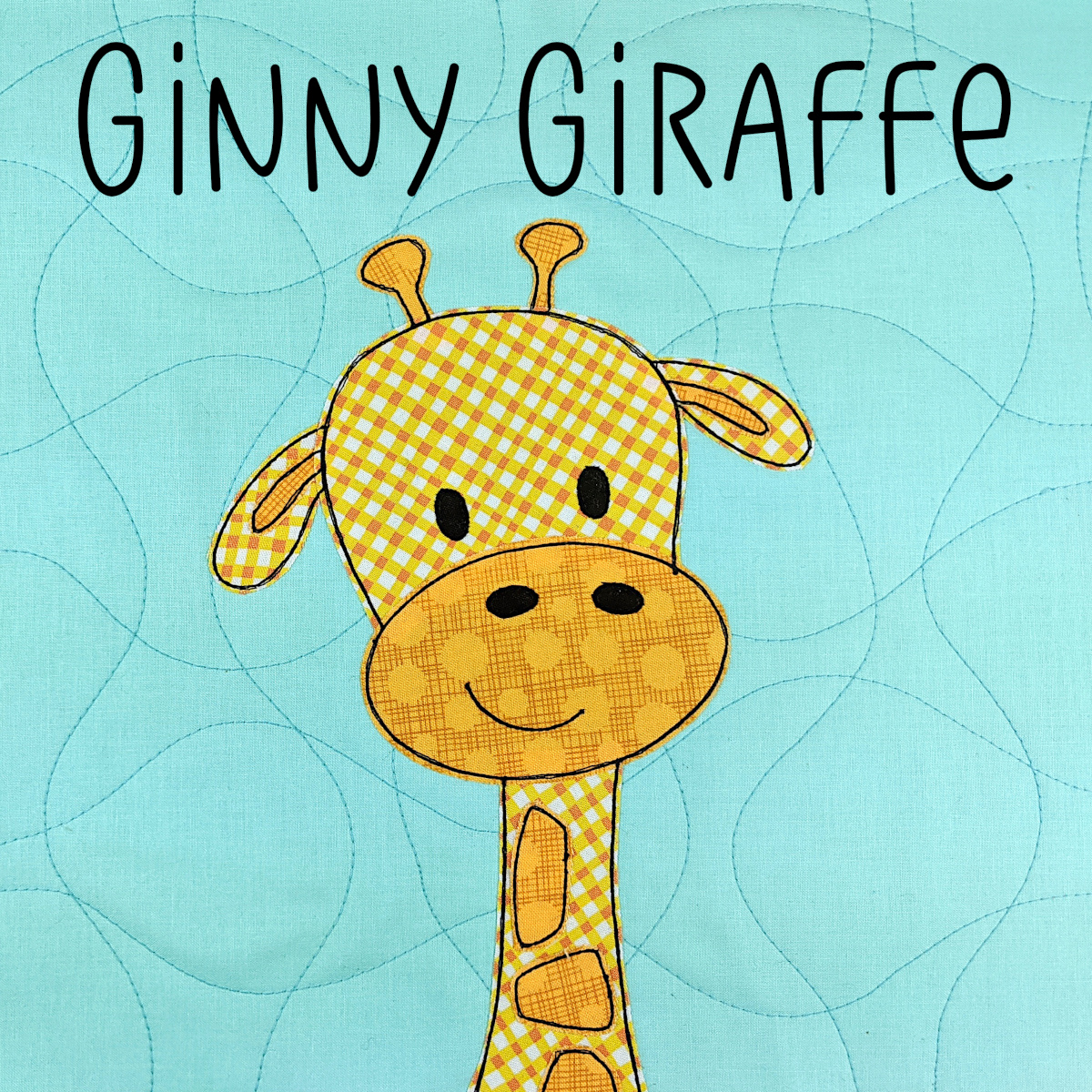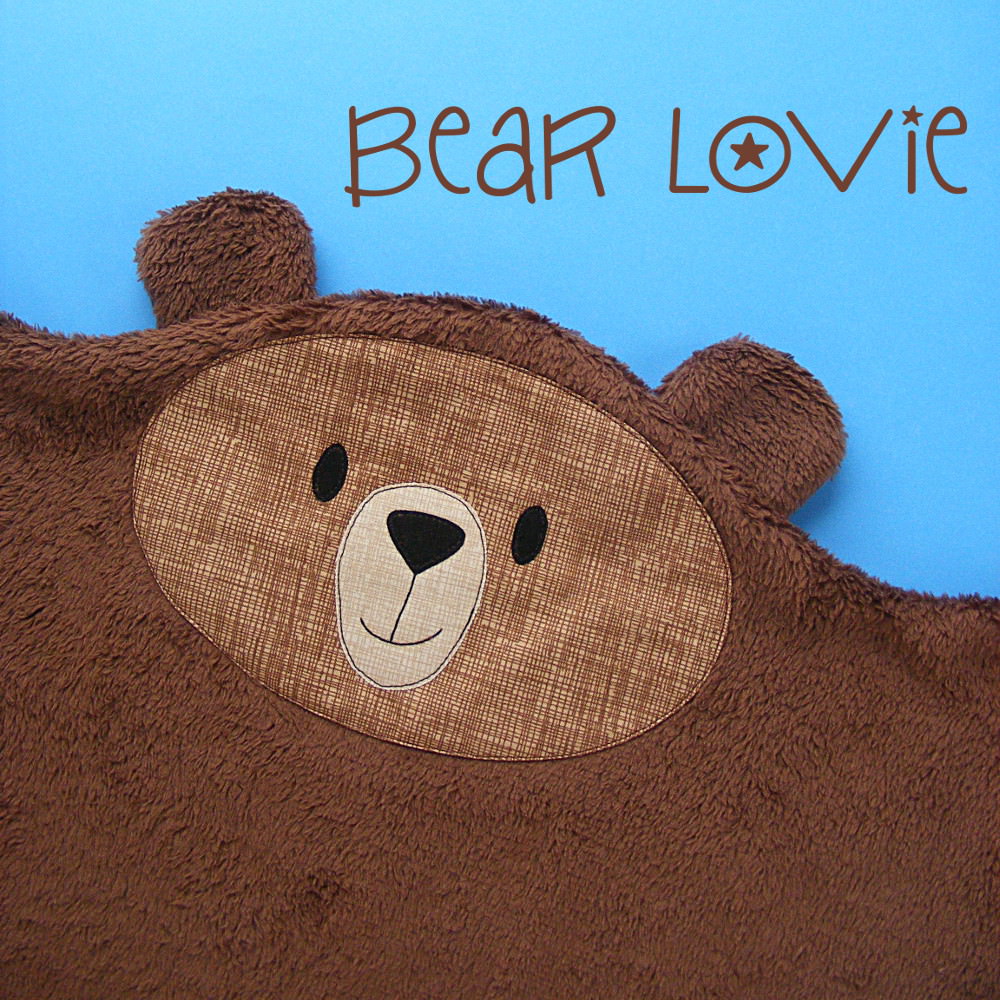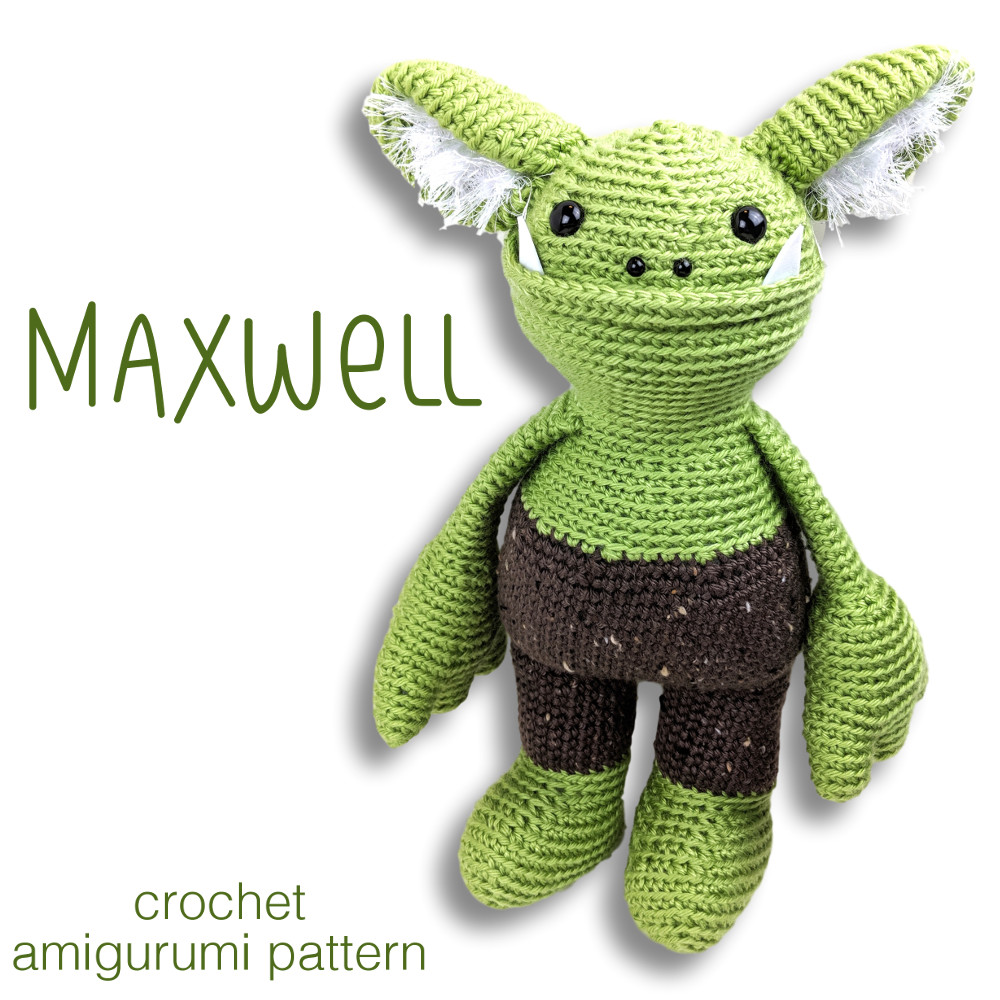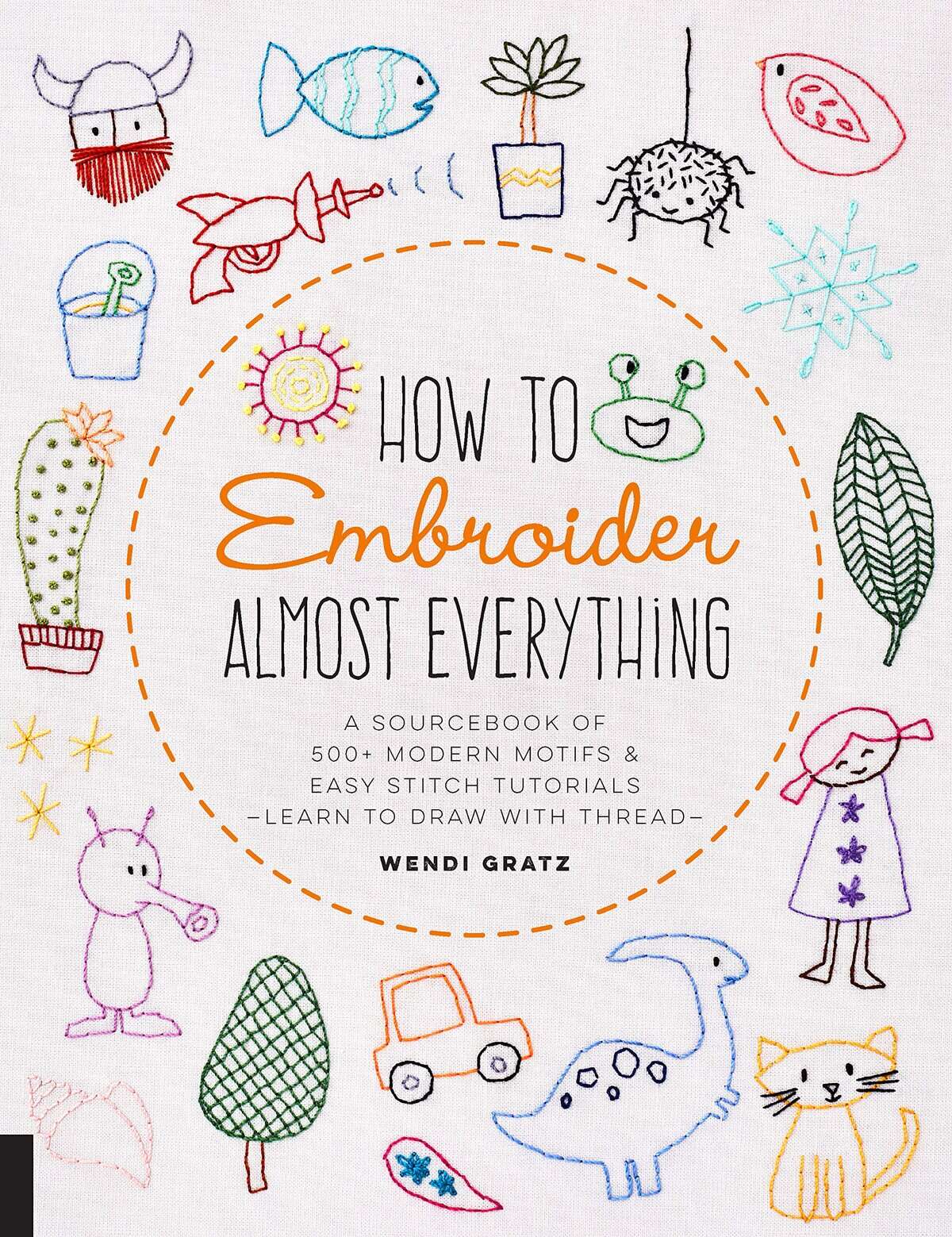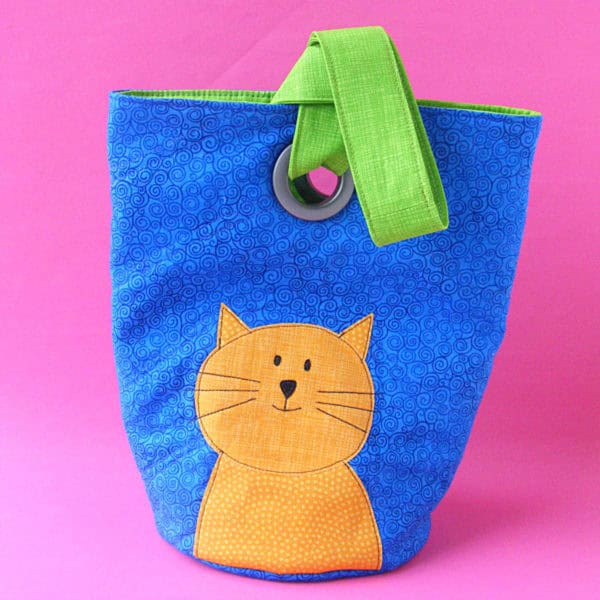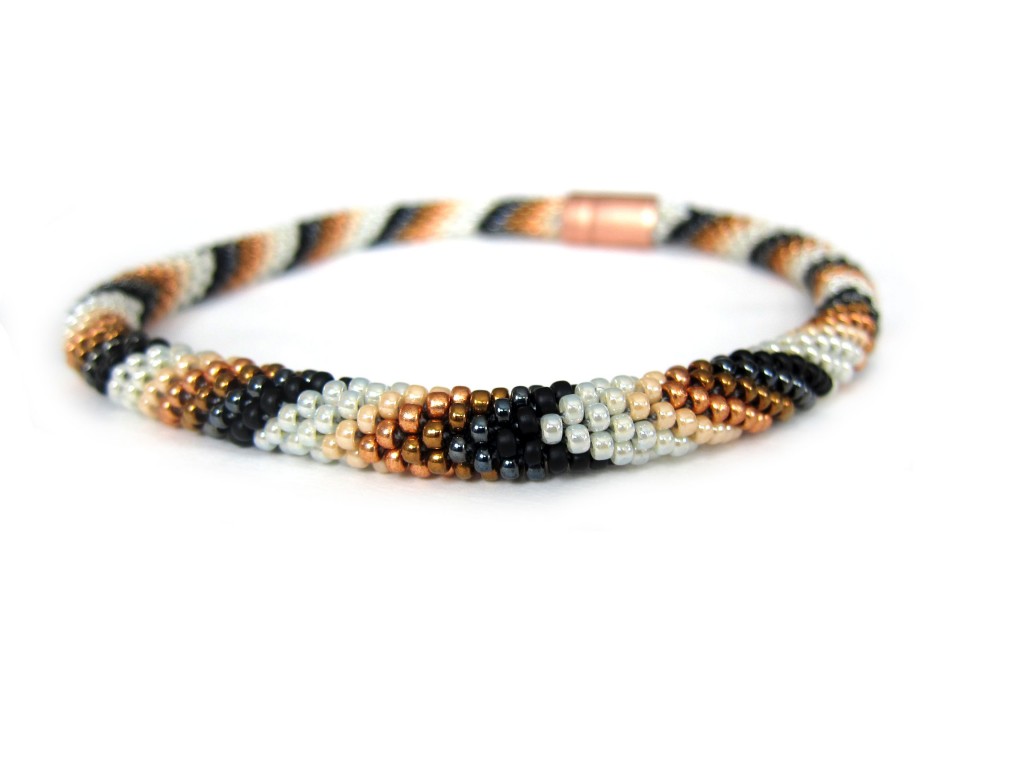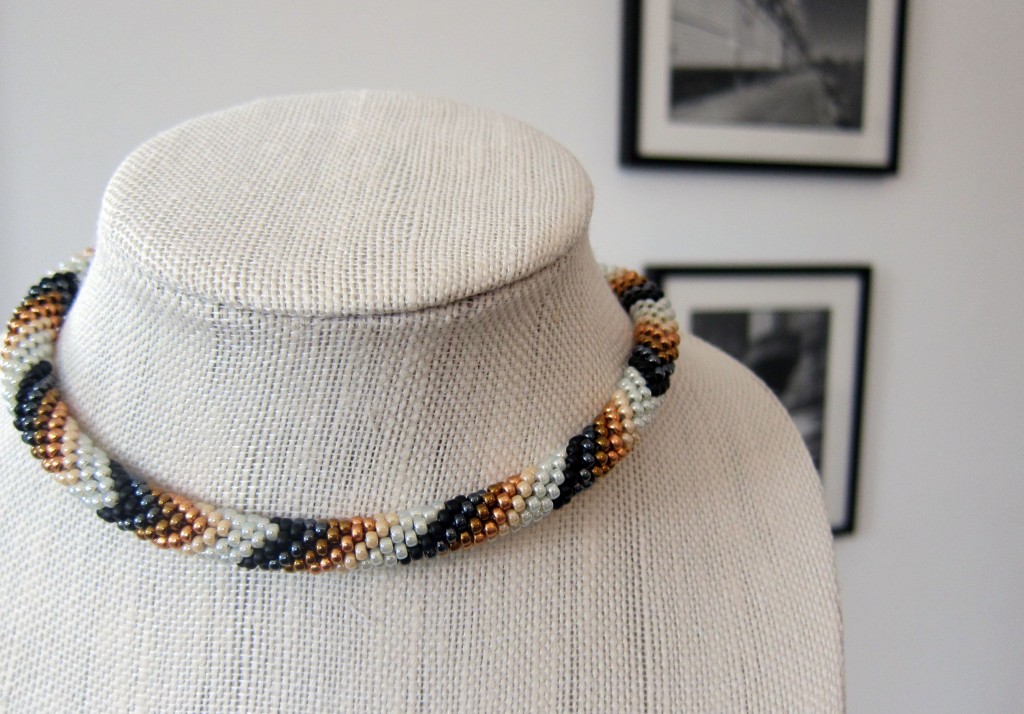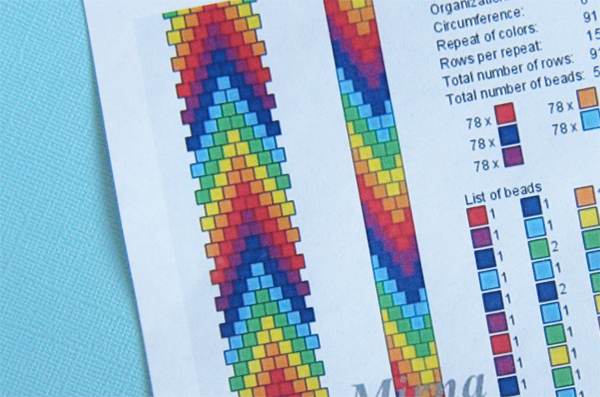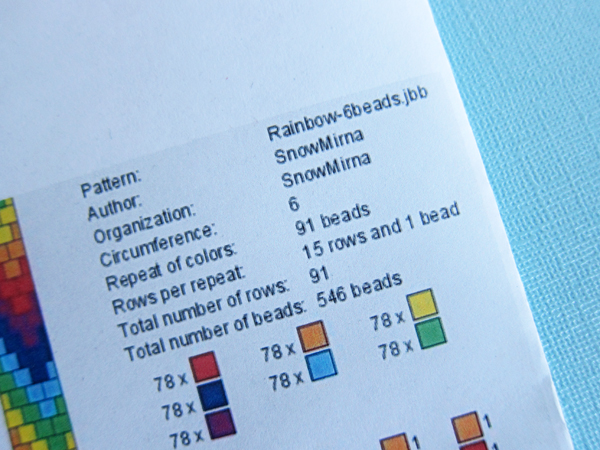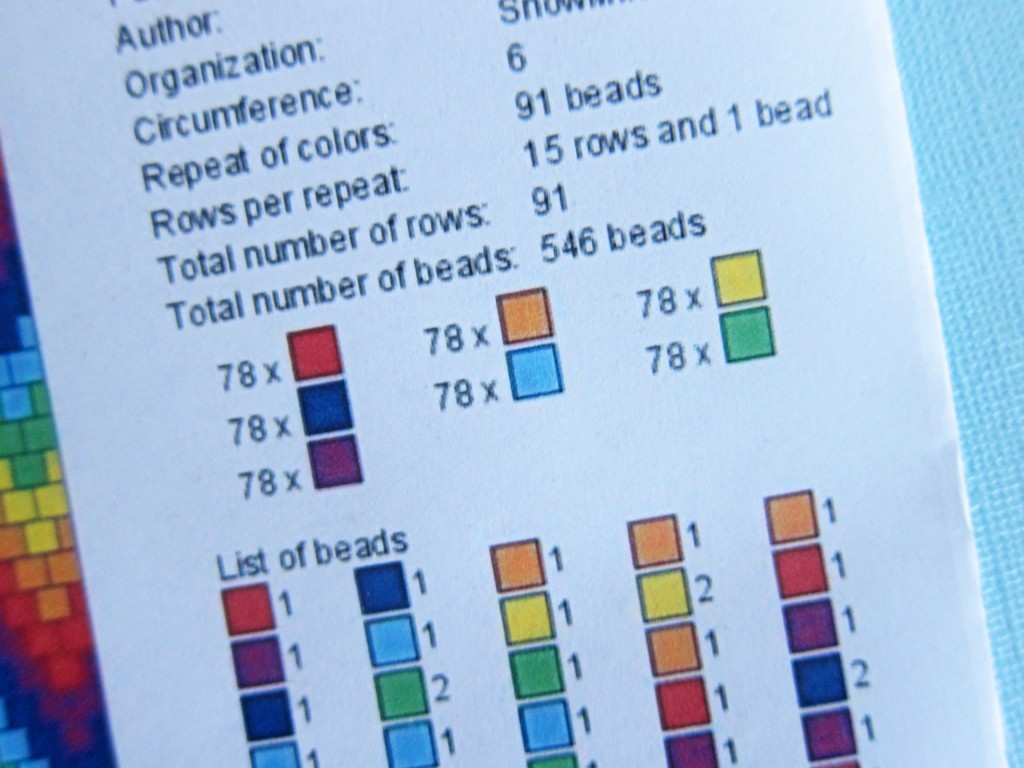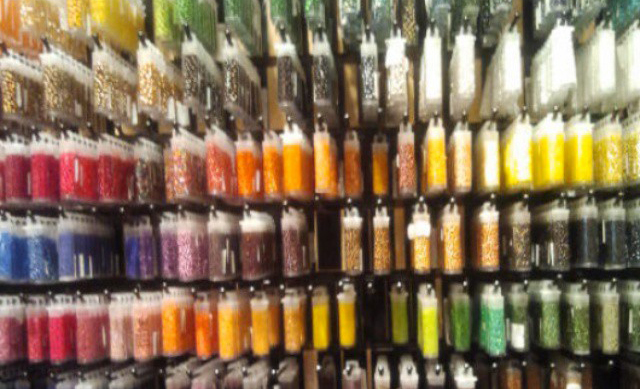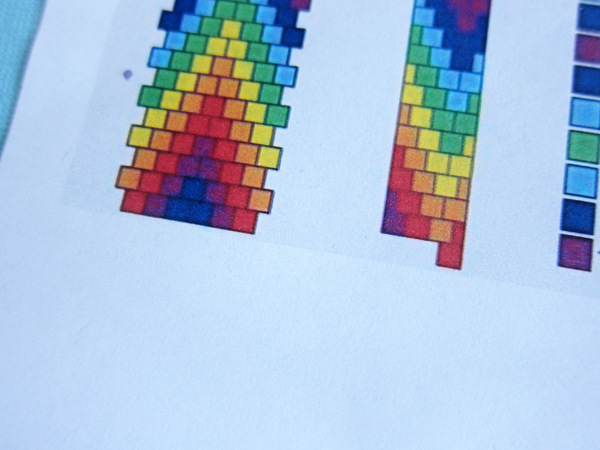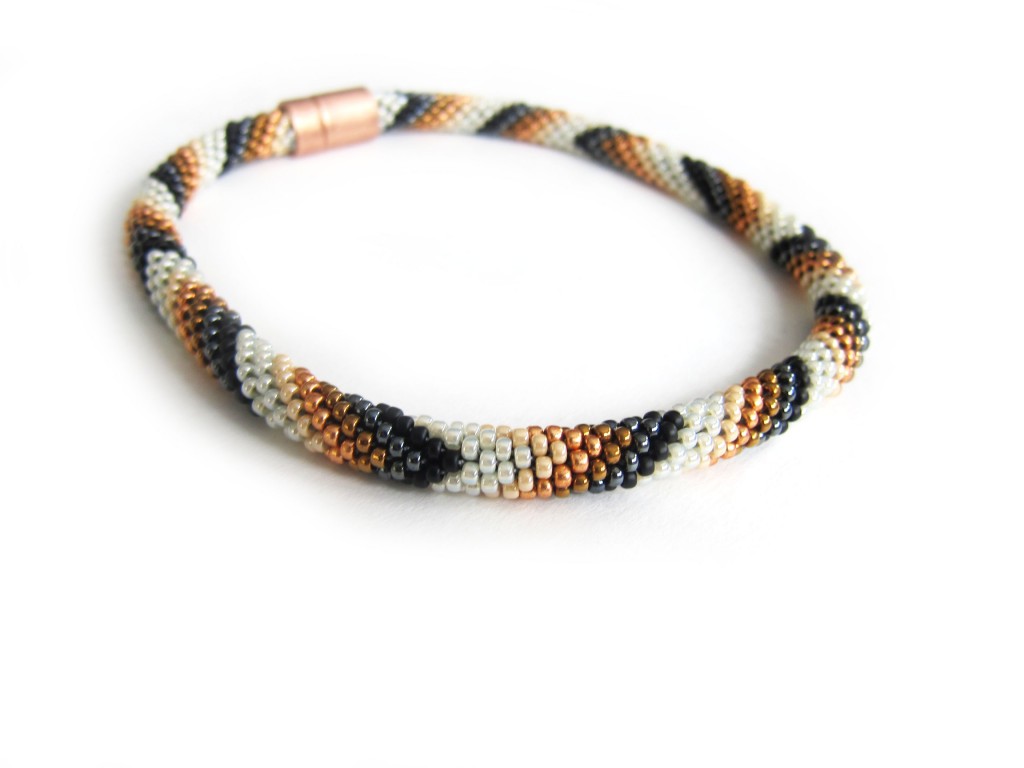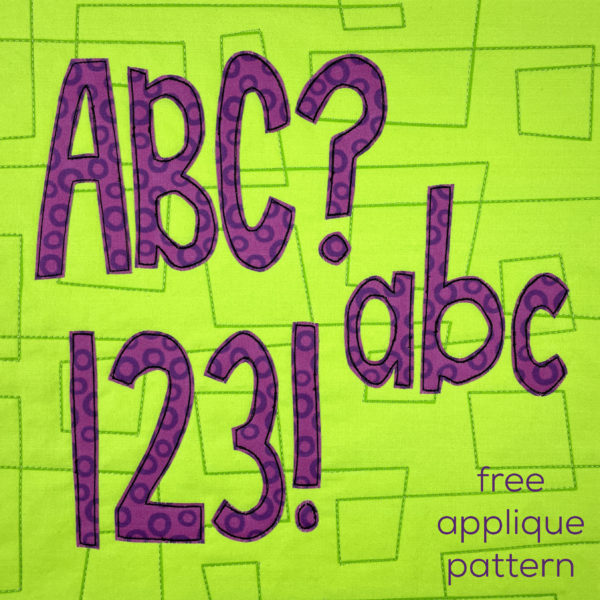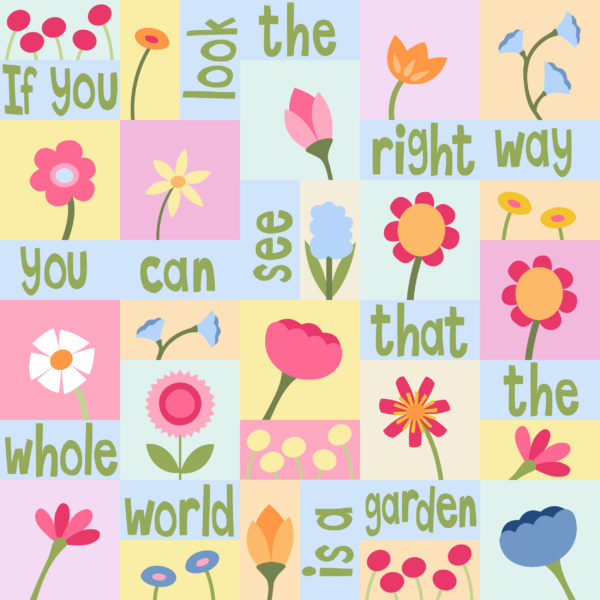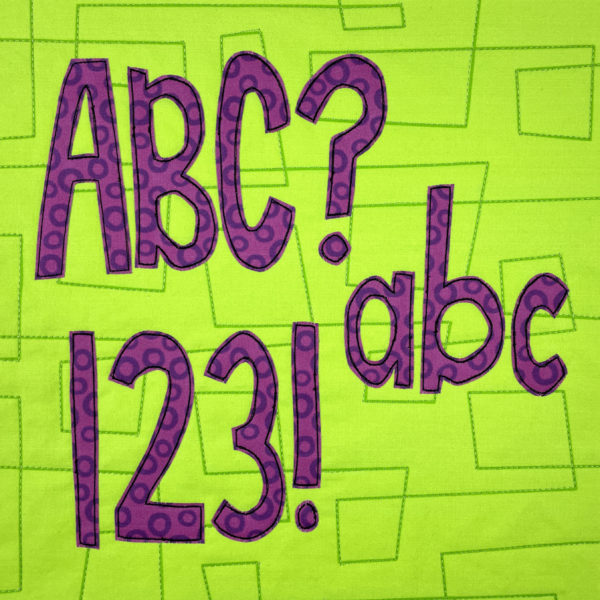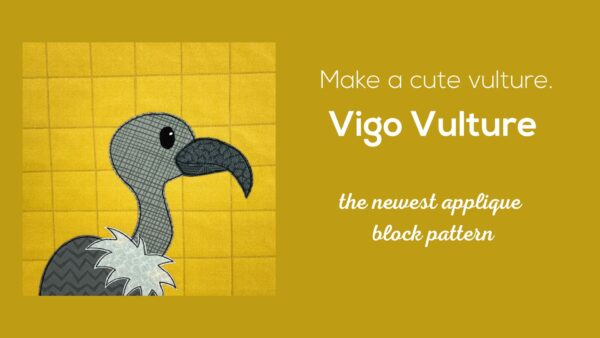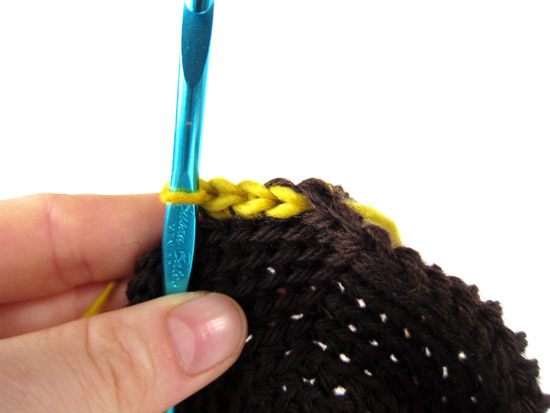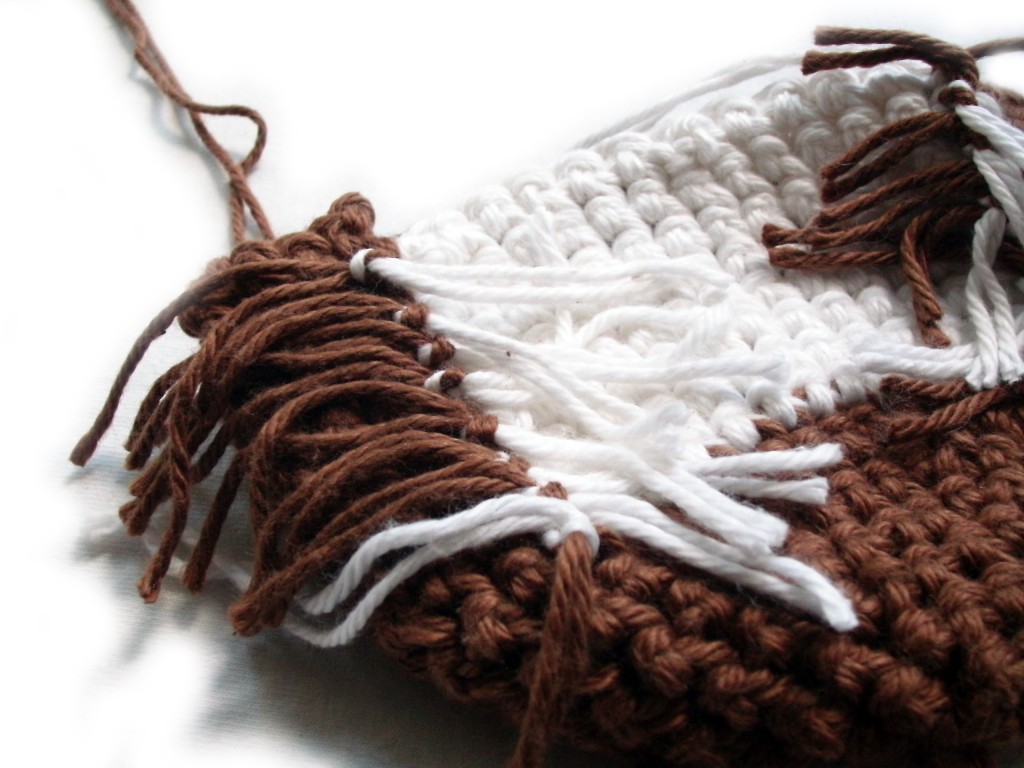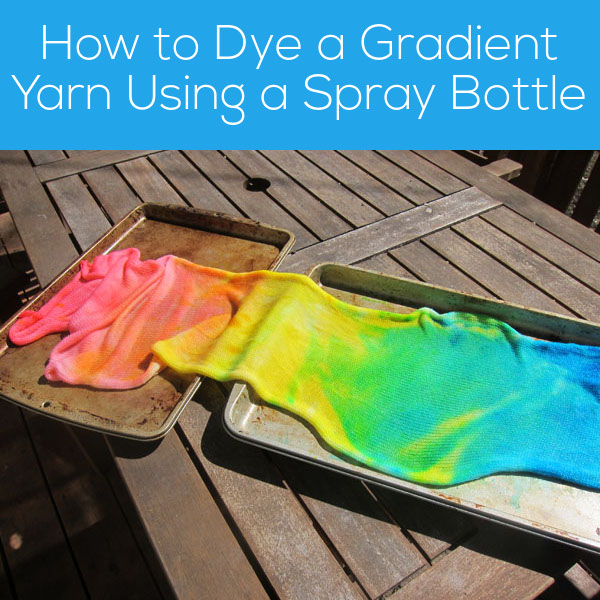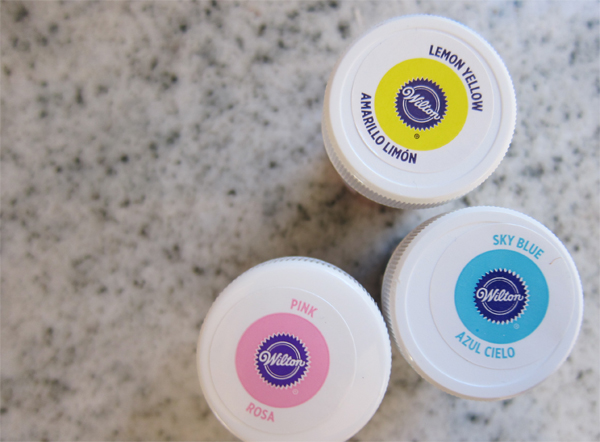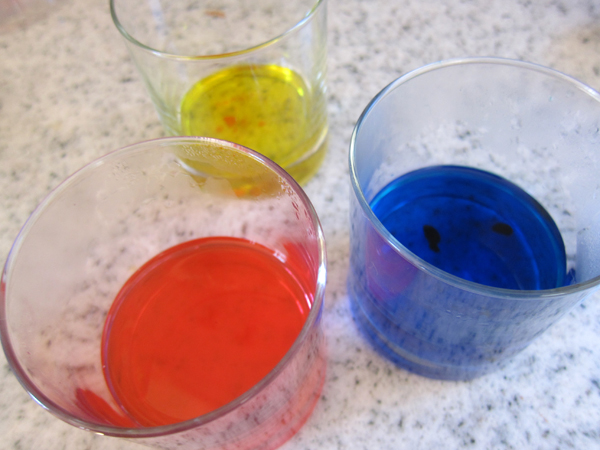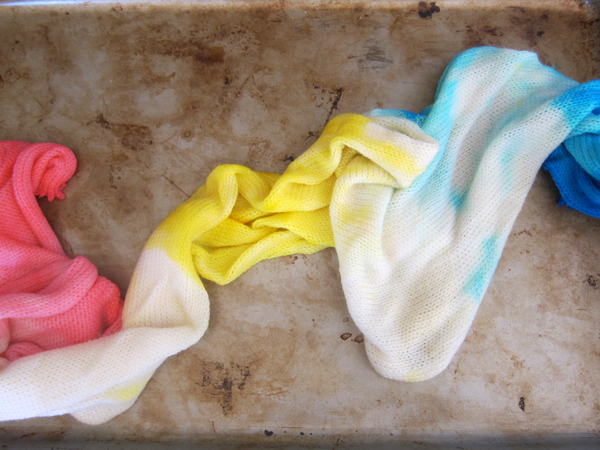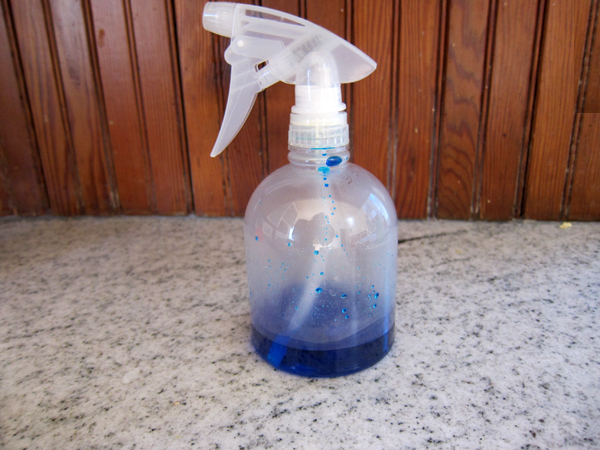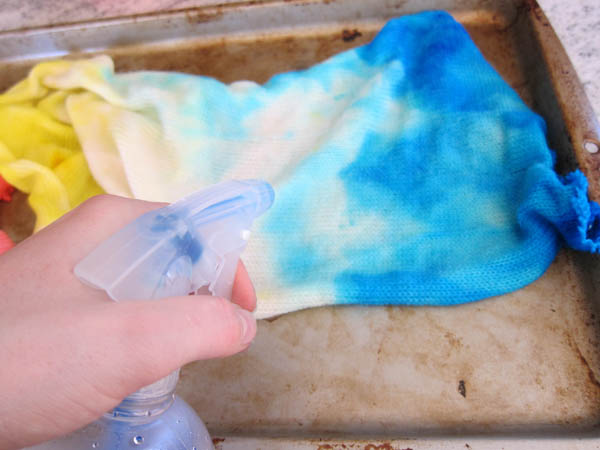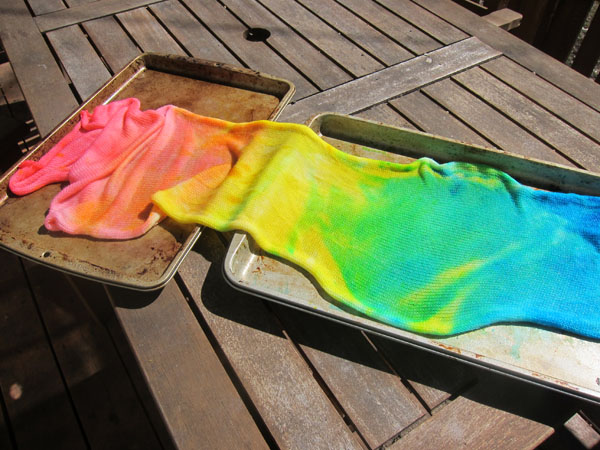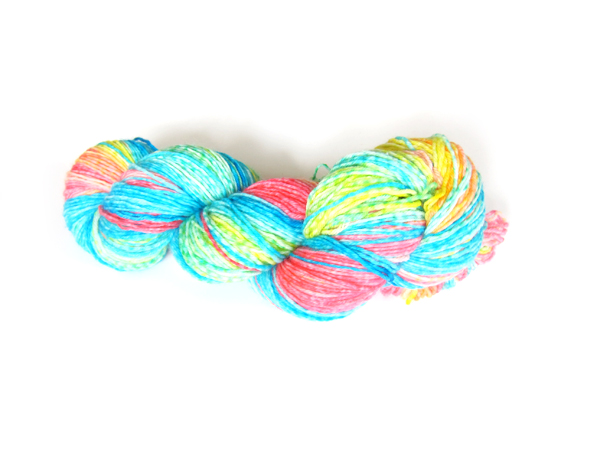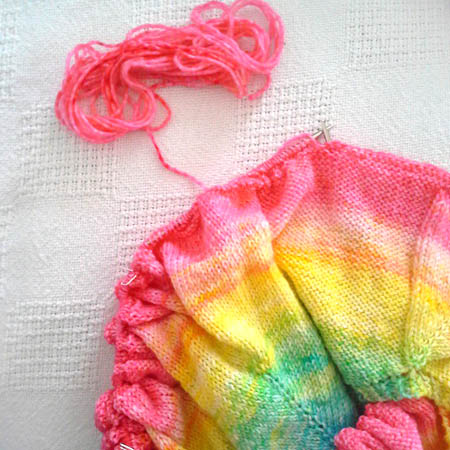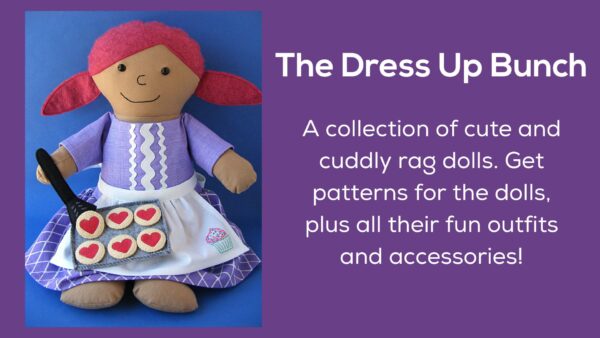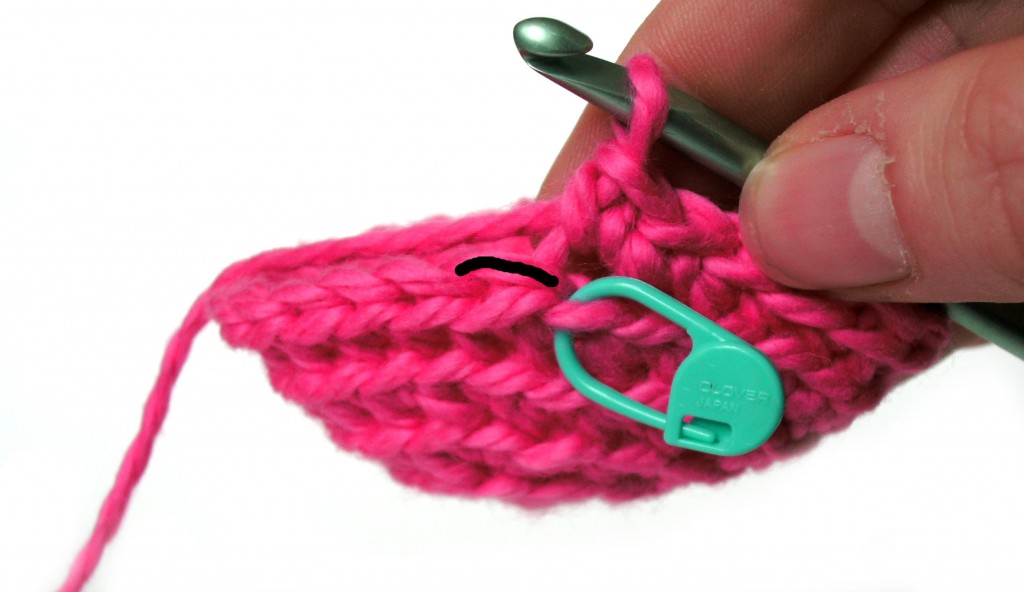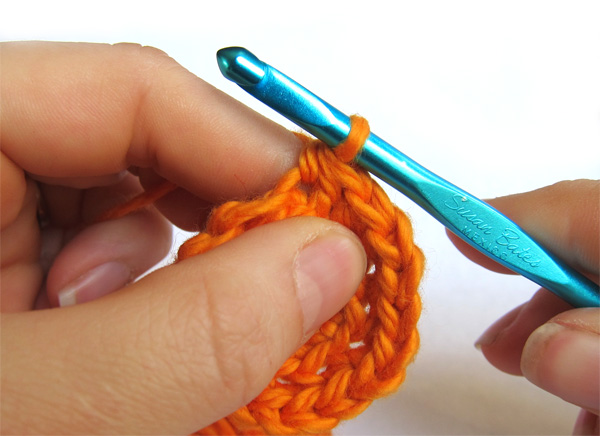I may have mentioned once or twice here that I really love handwork. 🙂
I love the feel of the fabric and thread in my hands.
I love the little pop I hear when the eye of the needle with the doubled-over thread passes through the fabric, followed by the low shush of the thread.
I love that I can take it anywhere.
I love the slow, meditative pace – and the fact that it allows me to sit and watch TV guilt-free. I’m “working” while I watch. 🙂
I can not believe that it has taken me this long to try English Paper Piecing.
I got interested a year or two ago when I started seeing fun projects popping up on Pinterest – but then I heard that Diane Gilleland was writing a book and I decided to wait for that. I’ve read Diane’s books before and they are always amazing and comprehensive and inspiring.
All Points Patchwork is available now – and it’s everything I knew it would be!
Quite simply – it’s the best craft book I’ve ever read. Even better than Anatomy of a Doll – the book that got me interested in 3D sewing.
Like Anatomy of a Doll, there are no projects – it’s pure instruction and inspiration from start to finish – exactly what I look for in a craft book.
Let me show you what I’m talking about. . .
I love that the front of the book shows a block with some of the pieces flipped over. On the back of the book you see the same block, entirely from the back (so you can see the construction details) and the most basic instructions for English Paper Piecing.
Really – that’s all there is to it. Choose a shape and cut it out of paper. Baste some fabric around the shape. Join the bits together.
If it’s that simple, why do we need a whole book?
Because Diane teaches you EVERYTHING YOU NEED TO KNOW.
EVERYTHING.
The pros and cons of different template materials.
Where to buy pre-cut templates.
How to design your own blocks – on the computer with high-tech drawing tools or on paper with nothing more complicated than a compass and a straight edge.
Different basting techniques.
I could go on and on and on. It’s all in here.
And she doesn’t just throw the information out there. She anticipates any possible problem you might have and helps you fix it. I love this bit on getting the perfect, invisible whipstitch seam, with good and bad seams shown, along with several troubleshooting suggestions.
The tone throughout the book is warm and encouraging – like she’s sitting on the sofa next to me helping me learn this new craft. Just what I need!
The book isn’t just for beginners, though. She includes more advanced techniques too, like how to add a pieced, finished edge to your work.
So fabulous for a table runner or mug rug where the back will be seen and where you don’t want to square off the edges!
Or this bit, where she shows two different ways to baste diamond shapes, and then explains when she uses each method. Throughout the book she shows exactly what she’s doing (with really terrific photos), and also explains why. This is so rare – and so helpful!
After a general intro with all the basics, she moves on to more detailed sections for each type of shape you might use. This, to me, was the real meat of the book.
For each shape she shows how to draft it by hand, and exactly how best to baste it.

Then she shares a couple of pages showing sample layouts, the different kinds of arrangements that each shape lends itself to.
Finally, she gives tips for how to join individual pieces and larger units together.
She does this for hexies, diamonds, jewels, triangles, tumblers, octagons, pentagons and even curved shapes. It’s so comprehensive!
And then there are the “Project Inspiration” pages. They’re scattered throughout the book, and each one shows a finished project, with suggestions for fabric choices and alternate ways of using it.

This lovely book cover, for example, is a great way to showcase tiny scraps of favorite fabrics – really setting the bits off surrounded by a frame of solids – and would also be good for placemats, a pillow, or a table runner.
Or this one, showing a softie made with EPP fabric.
Basically, she’s showing us how to create fabric using EPP, then showing us how we can use that fabric with any of our favorite patterns!
I’m not sure I ever would have thought of using EPP for a softie, but now that I’ve seen this image, I can’t stop thinking about how great Bailey Bear or Bartholomew Bunny would look with this technique. Their construction is very simple, just like this little guy, and I’m going to have to try it now.
(If you don’t have a favorite pattern for a project, go to www.allpointspatchwork.com where Diane has collected links to tons of different patterns and organized them by category. Handy!)
Most of the projects shown are small, or are larger projects with smaller bits of EPP incorporated into them, like this quilt.
These are a few EPP appliqués added to a whole cloth quilt, and she also reminds us that we can add them to a store-bought blanket, or even use them as patches to give a second life to a stained or worn quilt. I love that!
But I also love this. . .
It’s a feature of someone who actually made an entire hexie quilt – in less than a year! She shared exactly how she did it – a totally doable approach for anyone who wants to tackle a big project.
All Points Patchwork is a craft book designed for the way most of us actually use craft books. It’s got. . .
- Instruction! All the information we need, and a lot we didn’t even know we needed – the kinds of tidbits that you pick up from your mother or grandmother, or from years of practice and trial and error.
- Clear organization with a solid table of contents and index.
- Beautiful illustrations – terrific photos for all the how-tos and clear diagrams for all the layouts.
- Inspirational eye candy – also beautifully photographed, and with extra tips for how to take each project in your own direction.
I just finished my first EPP project – this doll quilt.
It was so much fun to make that I already started a new project last night – and you can bet there will be more projects to come. I know I’ll be referring to this book again and again for years to come. It’s an incredible reference book for anyone – of any skill level – interested in EPP.
Get All Points Patchwork here. And get it now.
Happy sewing!

